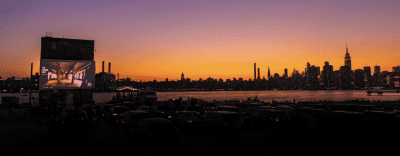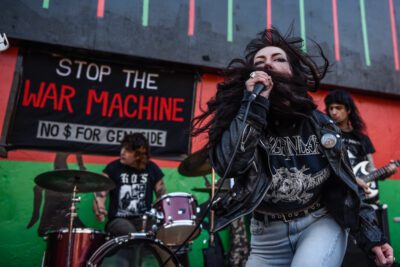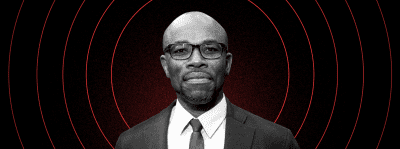Guests cool off upstairs (Photo by Arielle Domb)
Debauchery (and a little detox) at an underground Brooklyn bathhouse rave
At the new rave series Steamroom, revelers sweat it out, literally, as they get down and get it on
It’s 1 a.m., and everyone is incredibly hot and nearly naked. The bathhouse has a faded majestic feel: tiled walls painted with an Edenic landscape, an assortment of erotic chiseled sculptures, an opal jacuzzi and an emerald plunge pool.
Glinting wet bodies are everywhere. Getting off on the red-light dance floor. Getting it on in the water. Leaving steam rooms immersed in clouds of pearly vapor.
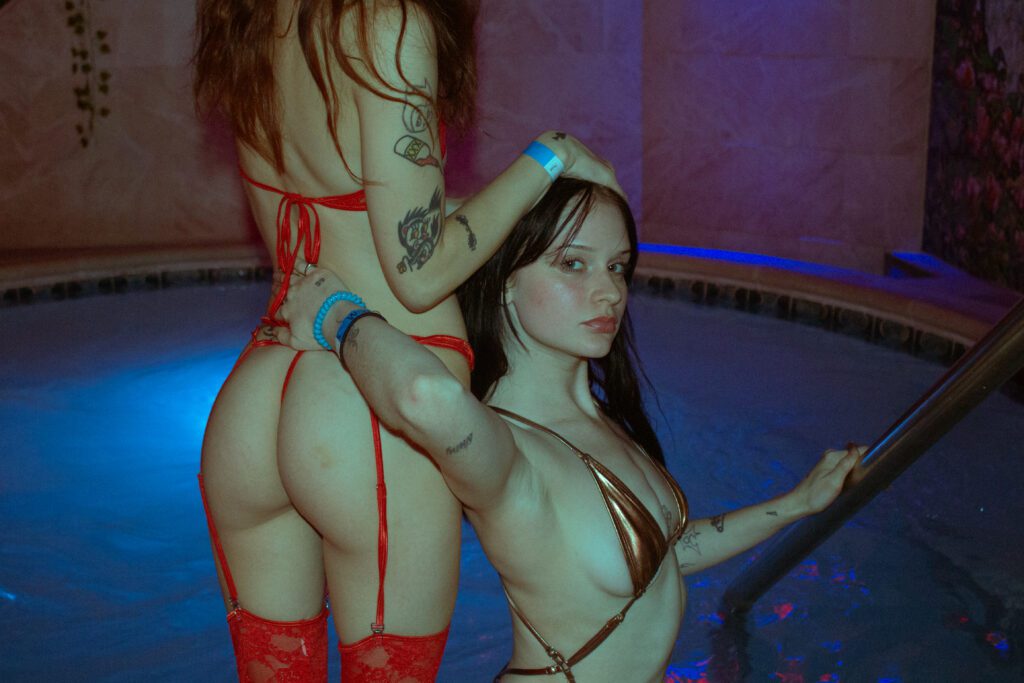
Guests begin their night in the Jacuzzi (Photo by Arielle Domb)
It could be a scene from a shiny ‘80s porno flick — gleaming torsos, G-strings, crotchless pants and a supercharged beat. It’s a sensorium of sweaty, sultry pleasure, somewhere between Berlin’s infamous nightclub Berghain and Ancient Greece.
This is Steamroom — a new Brooklyn bathhouse rave launched by Sam Liebling (who DJs as SEXAPPEAL) — and the latest sauna party to join New York’s underground scene, harking back to the city’s horny bathhouse heyday of the 1970s.
Following several (literally) steamy techno parties in Brooklyn locations — in a four story Bushwick warehouse and a Bed-Stuy bar equipped with a hand-built sauna — this is the first of Liebling’s events where guests had access to an actual steam room (not to mention a wet and dry sauna, a jacuzzi and a plunge pool) at an unassuming bathhouse tucked away among the car repair shops of Coney Island Avenue.
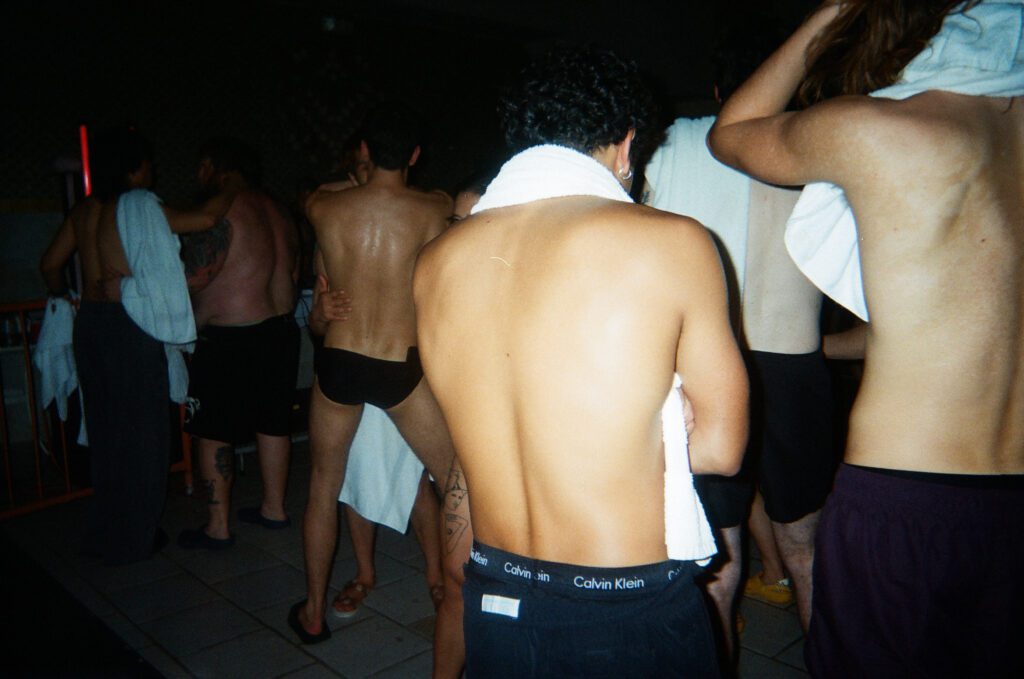

Upstairs, a locker room provides an alternate dancefloor (Photo by Arielle Domb)
In the runup to the event, Liebling took care to cultivate a “secretive/slightly exclusive” atmosphere, taking a leaf out of the infamously selective nightclubs of Berlin. (Liebling had recently returned from a trip there, and made sure to mention that he had “spent like five days straight in Berghain”).
He had granted Brooklyn Magazine full access to Saturday night’s event, but a few hours before the rave kicked off, he texted me. He’d just got “blown up” by his “publicist” about my visit. It was high school all over again: I was being uninvited from the party. With a little negotiation, I wrangled my way back onto the guestlist. And as much as I was prepared to find Steamroom’s cliqueness off-putting, I left converted to the cult of bathhouse raves.
“We’re only two hours into this event and already I’ve gone in the sauna, went straight to the cold plunge, and then into the hot tub,” Ian, one of the community organizers that helped Liebling organize the event, shouted over the beats and through the mist at midnight. “And the whole time with a DJ playing behind you.”
Liebling had secured a lineup of emerging and established DJ talent — including MCMLXXXV, resident DJ at techno party Herrensauna, who’d flown in from Berlin. He’d set up DJs in two locations — both by the pool and in a locker room upstairs, where guests could explore a steamy labyrinth of changing rooms and showers.
“You’re detoxing as you’re partying,” says Liebling. “It’s a combination of physical wellness with debauchery.”
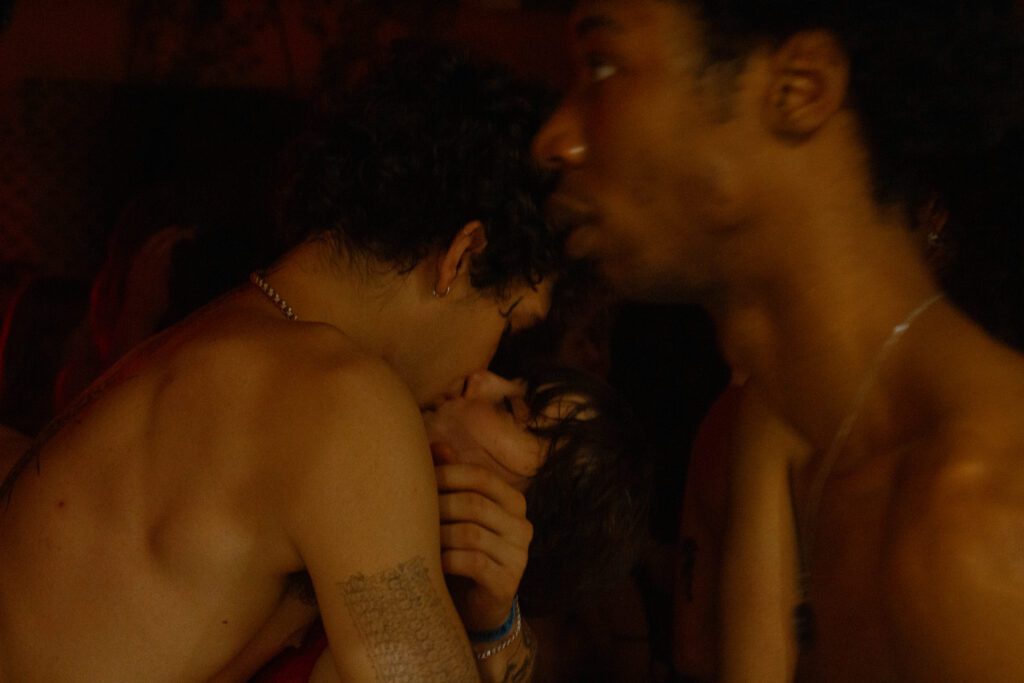

Anything goes on Steamroom’s steamy dancefloors (Photo by Arielle Domb)
A brief history of bathhouses
Getting it on in bathhouses is hardly new, but it still feels revolutionary — there’s a long legacy of gay men getting steamy in saunas, dating back to Ancient Greece. In 1492, the leading criminal court in Florence warned bathhouse managers to watch out for “suspect boys,” as they attempted to purge the city of the “vice of sodomy.”
Homosexuality was illegal in New York up until 1980, and bathhouses offered a space of privacy, community and sexual expression. In 1979, the late writer Michael Rumaker described the transcendent feeling of visiting Everard Baths — a converted gay bathhouse on 28 West 28th Street, which later burned down in a deadly fire.


The bathhouse (Arielle Domb)
“Here, we were our naked selves, anonymous, wearing only our bodies, with no other identity than our bare skins,” he wrote in “A Day and A Night at the Baths.” “Here, was the possibility to be nourished and enlivened in the blood — heat and heartbeat of others, regardless of who or what we were.”
The euphoric freedom bathhouses promised was short-lived, however, as the AIDS epidemic tore through New York. Public health authorities were quick to blame gay male “promiscuity” on what they described as a “gay cancer,” and in 1985, the New York City Department of Health would force gay saunas to close down. Many would never open again. By 1990, fewer than half of America’s bathhouses remained.
But in the past few months, queer bathhouse parties have been popping up over the city — from Angel Touch Spa’s sapphic sauna party to Wavy Spa hosted by the BIPOC femme queer-focused Club Carry. These parties represent a divergence from the historical gay bathhouse party, which, for the most part, exclusively catered to men.
This was part of the reason why the owner of the bathhouse opened up the space to begin with. Growing up in Ukraine, she often frequented bathhouses with her father and sister, but she always felt uncomfortable. There were so many men. “I’m going to open a banya for women,” she decided (she requested anonymity for this article).
“People thought I was crazy,” she adds. The thought of “women, kids, people from other nationalities” visiting banyas was unheard of — “It was not something you did.” By the time she opened up shop in 1996, bathhouses still felt taboo. She was determined to challenge the status quo.
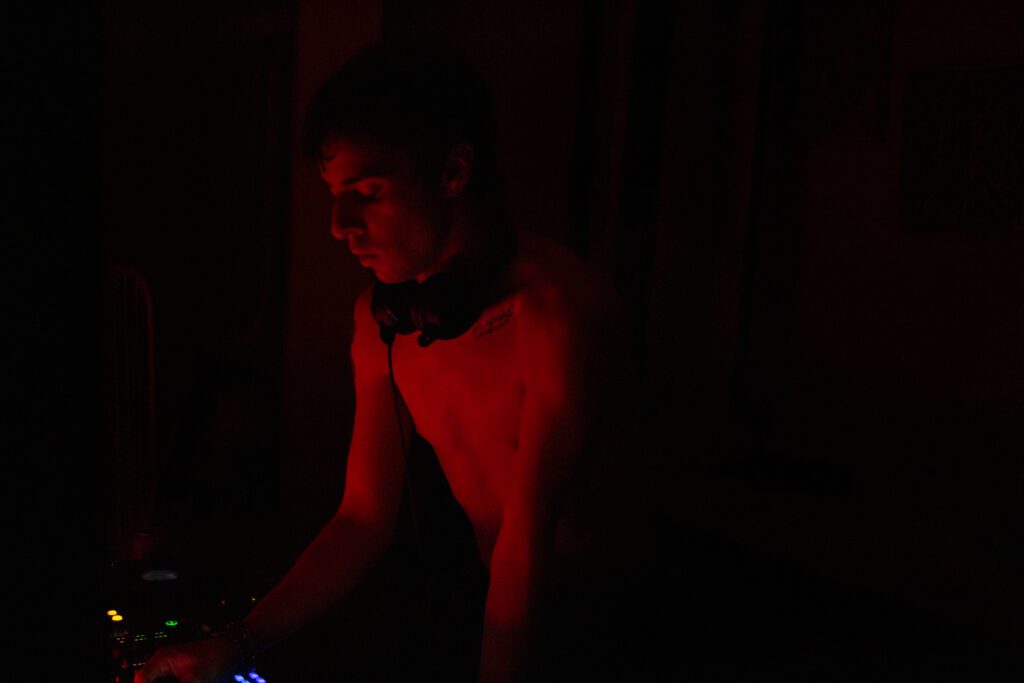

Ryker plays a set in the locker room upstairs (Photo by Arielle Domb)
‘When did you ever leave a party so clean?’
Liebling reckons that “99.9 percent of our demographic is in the queer scene”; however, he’s reluctant to label Steamroom as an exclusively queer party. “It’s really a party for everyone.”
Well, not exactly everyone. “We’re not open to normal NYU kids,” he continues. If a “frat bro” turns up, “it’s going to be a ‘no, you cannot come in.’” (If they’ve already bought a ticket, this would involve the cumbersome process of refunding them via Resident Advisor).
As easy as it is to be skeptical about a scene that is open to everyone — provided you look the part — new possibilities for interaction are opened up in a space where freakiness and non-conformity are encouraged.
The bathhouse proprietress is still beaming at 4 a.m. as the sweaty revelers are piling out from the party onto the street. “We broke all stereotypes. It wasn’t just for women. It wasn’t just for men. Everybody was welcome … Everybody is glowing,” she says. “When did you ever leave a party so clean?”
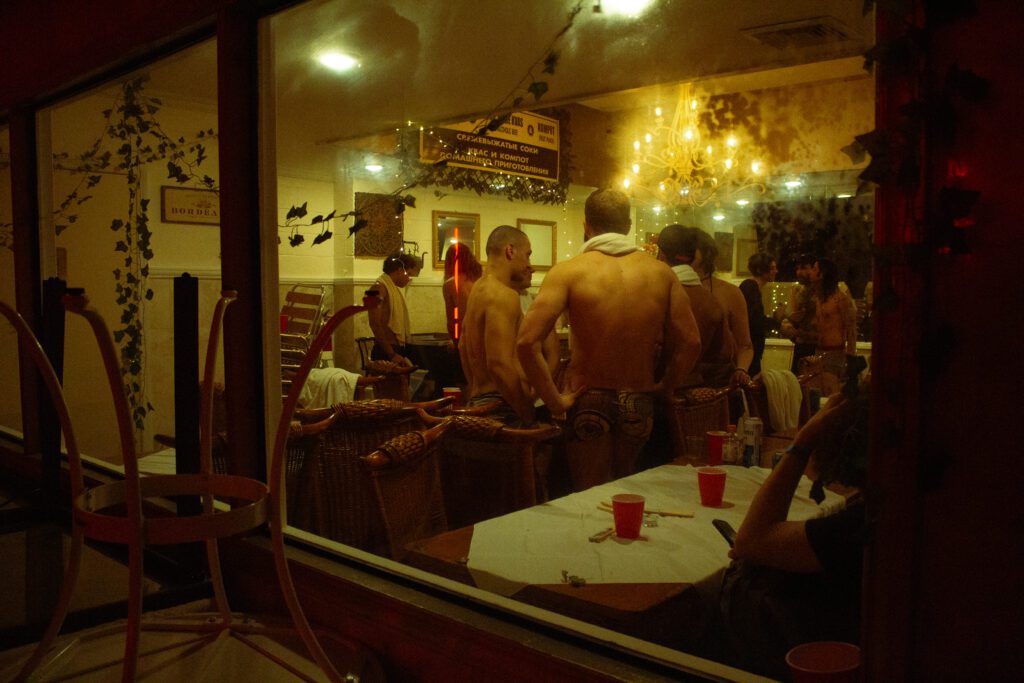

Sweating is encouraged at the banya (Photo by Arielle Domb)
Some guests, however, felt that they were leaving too clean. One 36-year-old man, who came to the event alone (wanting to “keep a low profile”), had come expecting more bodily fluids, more darkrooms, more commingling. “I think there was the expectation that it was going to turn into an orgy or something,” he tells me just after the event. “I was nothing like that. Rather a dignified wellness rave.”
Saturday night’s party was just the first iteration of what could become a New York nightlife institution — if it doesn’t evaporate like steam. Liebling already has another party planned to take place at a similar location on New Year’s Eve. Maybe the disenchanted raver will have better luck then.
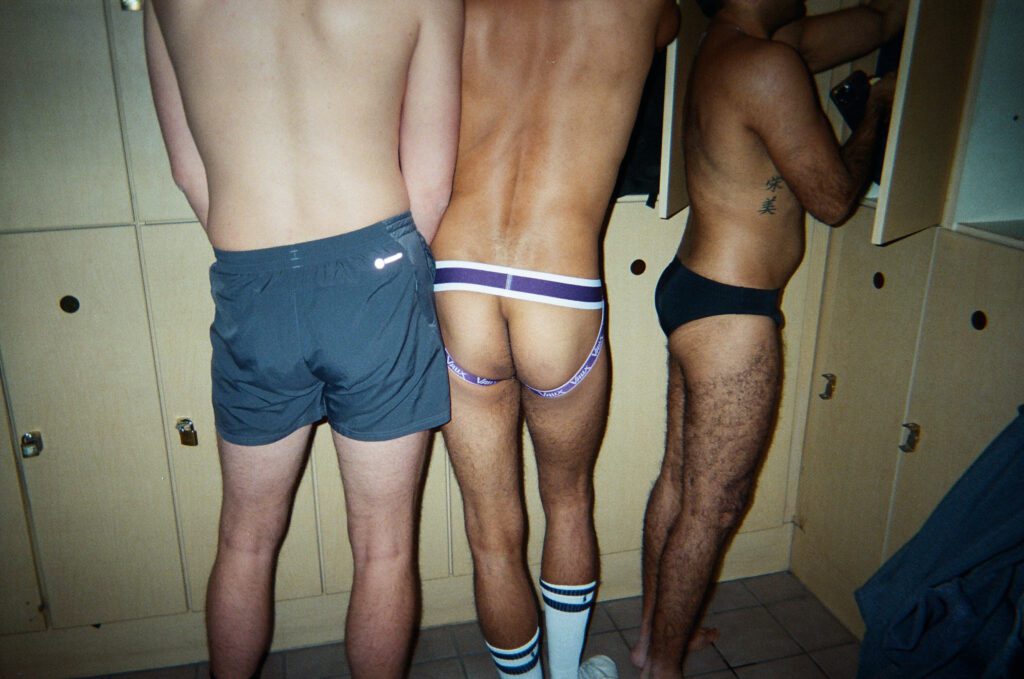

Guests stash their winter coats and get ready to sweat (Photo by Arielle Domb)
You might also like 


















